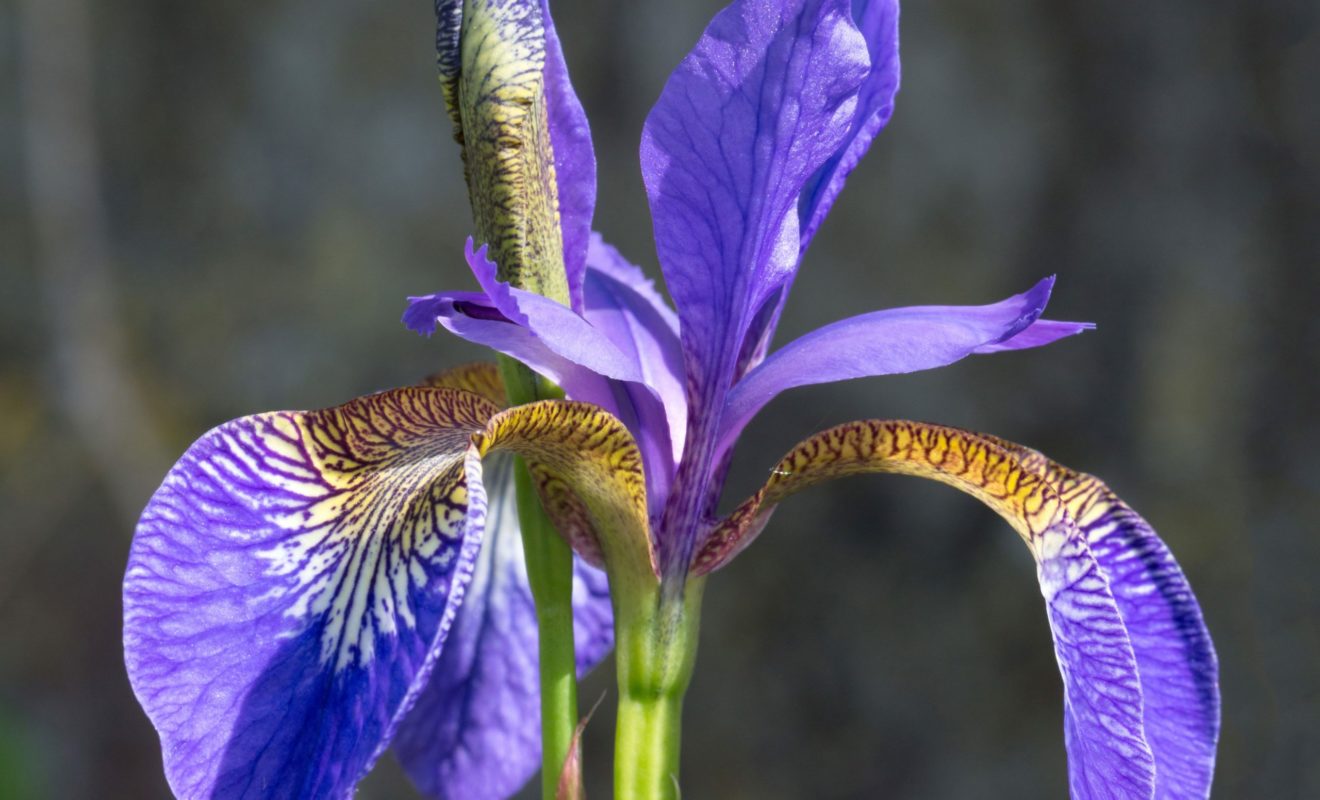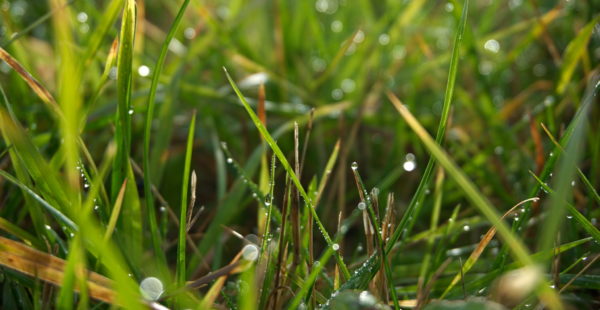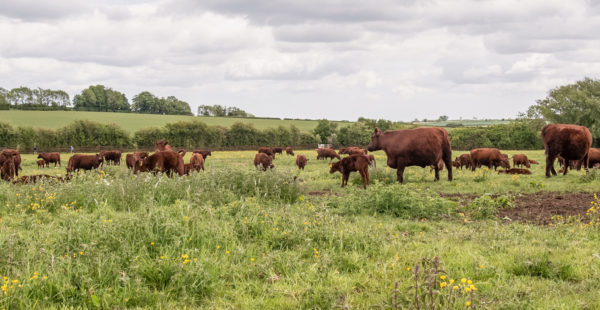A Week on the Estate: Dry Spring, Frozen Peas & Swarming Bees
This week, a long spell of fine weather came to an end with cooler temperatures and much needed rainfall. England experienced its driest May since records began in 1862, and the sunniest on record since 1929. The contrast between our arid spring and the water-logged winter that preceded it is a striking one and drives home the vital importance of our work to sustainably manage both drainage and irrigation.
Work on the land continues in all weathers. Rob Hartley has rented a field to grow peas for the frozen food market. He and his team from R. Caudwell (Produce) Ltd drilled their peas before the rain. All being well, they’ll be harvested, frozen and packed on the same day in August. Also with an eye on the harvest season, Matthew Benton and his hard-working team made a start on clearing the grain store.








